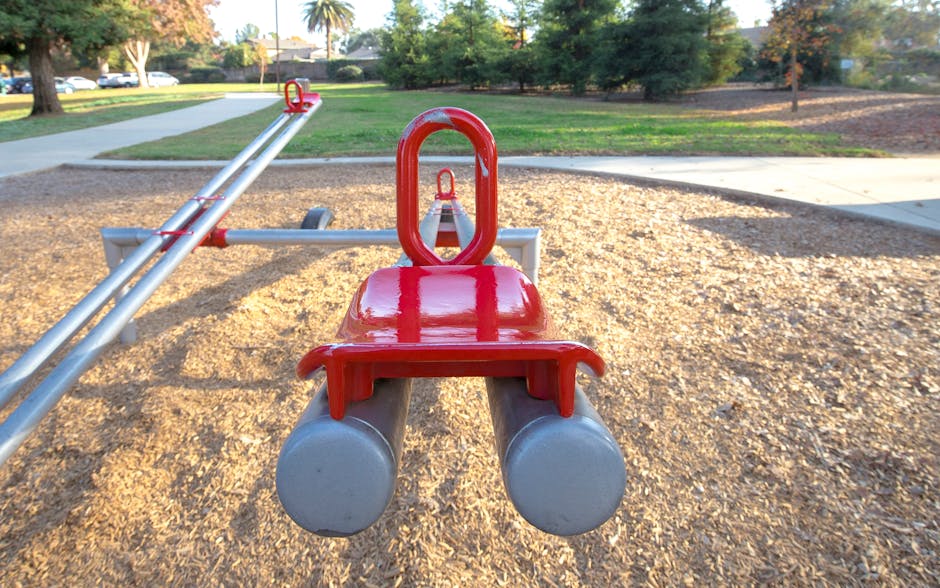Introduction
The first method is to use a concierge MVP. This involves manually providing the product or service to customers until automated processes can be put into place.
 Photo by Mike Anderson on Pexels
Photo by Mike Anderson on Pexels
This is often used when the product is complex or when customer feedback is needed to validate the product.
The second method is to use a wizard of oz MVP. This is where the product appears to be automated, but there is actually a human behind the scenes running it.
This is often used when the product requires a lot of customer interaction or when the technology is not yet ready to be fully automated.
The third method is to use a minimum viable product. This is a product with the bare minimum of features needed to be viable.
This is often used when the startup is trying to validate a new business model or when they are trying to validate a new market.
Defining your MVP.
What is an MVP
An MVP is a minimum viable product. It is the most basic version of your product that you can create and release to your customers. It should have just enough features to be usable and valuable to your customers.
Why you need an MVP
There are several reasons why you might want to create and release an MVP instead of a full-fledged product. First, it allows you to get feedback from your customers early on in the development process. This feedback can be used to improve the product before releasing a more complete version. Second, it can help you save time and money by only developing the bare essentials of your product. Third, it allows you to test whether there is market demand for your product before investing too much time and resources into its development.
How to create an MVP
Creating an MVP is not as simple as just stripping down your product until it only has the bare essentials. You also need to make sure that what you do include is actually valuable to your target customer base.
To do this, start by identifying the core problem that your product solves. Then, brainstorm a list of potential features that could address this problem.
Next, prioritize these features based on how essential they are to solving the problem and how difficult they would be to implement.
Finally, choose the simplest and most efficient way to implement each feature so that you can get your MVP out to market as quickly as possible.
Validating your MVP.
Why validation is important
The process of validating an MVP is important for a number of reasons. First, it allows you to ensure that your product is actually solving a problem that people care about.
Secondly, it allows you to get feedback from potential customers on what they like and don’t like about your product.
Finally, validation helps you to focus on the most important features of your product, so that you can build a minimum viable product that is as lean and efficient as possible.
There are a number of ways to validate an MVP. The most common method is to create a landing page for your product and drive traffic to it through online ads or social media.
Once people land on your page, you can then measure how many of them sign up for your product or service. Another popular method is to reach out to potential customers directly and ask them to try out your product.
This can be done through online surveys, in-person interviews, or even by offering free trials of your product. Whichever method you choose, the goal is to get feedback from potential customers so that you can make improvements to your MVP before launching it publicly.
How to validate your MVP
Once you have an MVP, the next step is validation. This means getting feedback from potential customers on what they think about your product. There are a few different ways to do this:
1) Create a landing page for your product and drive traffic to it through online ads or social media.
2) Reach out to potential customers directly and ask them to try out your product (through online surveys, in-person interviews, or by offering free trials)
3) Test your MVP with a small group of users (“beta testers”)
4) Measure engagement with analytics tools once people start using your MVP
5) Get user feedback through customer support channels
No matter which method(s) you choose, the goal is always the same: collect data that will help you improve your MVP before launching it publicly.
Scaling your MVP.
Why scaling is important
The ability to successfully scale a product is one of the most important skills for a startup. Scaling a product means that you have a repeatable and profitable business model, which is essential for long-term success. There are many reasons why scaling is important, but some of the most important ones are:
1. It allows you to grow your business quickly and efficiently.
2. It helps you reach new markets and customers.
3. It allows you to test and validate new features and products before rolling them out to the masses.
4. It gives you the ability to raise more money from investors.
5. It helps you build a sustainable and profitable business in the long run.
How to scale your MVP
There are many different ways to scale an MVP, but there are three main methods that are commonly used by startups:
1. Viral marketing – This involves creating a product or feature that is so compelling that it encourages users to spread the word about it to their friends and followers (think Snapchat or Instagram).
2. Paid advertising – This involves using paid channels such as Google AdWords or Facebook Ads to drive traffic to your website or app (think Uber or Airbnb).
3. PR/media coverage – This involves getting media coverage for your product in order to reach new audiences (think Tesla or Whatsapp).
Conclusion
If you’re looking to take your product from MVP to the next level, scaling is essential. But how do you go about scaling an MVP? In this blog post, we’ve covered some key tips.
First, it’s important to make sure that your MVP is well-defined and validated. This will give you a strong foundation to work from as you begin scaling. Once you’ve done that, there are a number of different ways to scale your MVP, depending on your specific goals.
Whatever approach you take, remember that careful planning and execution are key to success. With these tips in mind, you’re well on your way to taking your product to new heights.
